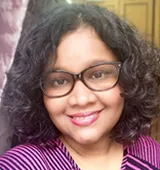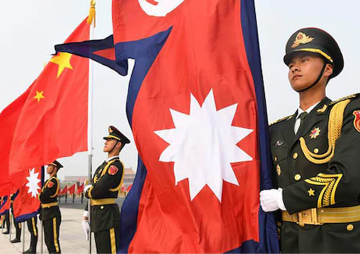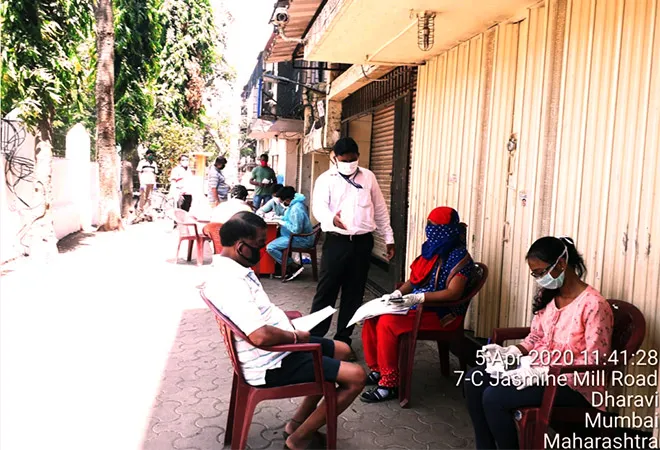
About 274 community healthcare workers, six teams of doctors, sanitary inspectors and about 200 staffers from the Mumbai civic body are getting ready for the next big jump expected in the number of COVID19 cases getting detected in Dharavi. Rapid and mass testing of communities, and getting newer isolation and medical infrastructure in Dharavi are the two immediate challenges, which the government is trying to set up here. Maharashtra Chief Minister Uddhav Thackeray has said that they will be deploying the rapid testing units soon, as soon as the medical standards council approves them.
The Mumbai civic body has identified this 239-hectare area housing close to one million people as a high-risk zone and the epicenter of the pandemic in the city. Mumbai is the capital of Maharashtra, which is seeing the highest number of COVID19 cases in India. It has been just over a week that the first COVID19 case death struck Dharavi, the infamous slum in Mumbai on 1 April 2020. The patient was admitted to the nearby Sion government hospital after complaining of fever on 23 March. Since then, the number of cases in Dharavi is spiraling.
On 8 April, there were nine confirmed cases in this area, who have been shifted to isolation wards created in the Rajiv Gandhi Sports Complex in its vicinity. This complex used by locals for recreation, has been converted into a 300-bed facility overnight, by the local ward office of the Mumbai municipal body. Over 5,000 people have been quarantined across five neighbourhoods of Dr Baliga Nagar, Vaibhav Apartment, Mukund Nagar, Madina Nagar and Dhanwada Chawl. There are about 85 clusters where businesses operate from 150 sq ft residential tenements, which house an average of six people each.
There are
pucca structures (about 25%) which also include the 20,000 small-scale work units, while the rest are shanties. These are informal units of leather export, textile and zari work, glass, pottery and recycling, which reportedly contributes to Dharavi’s one billion dollar economy. In the informal housing there are community toilets — one toilet shared by about 1,400 people.
The ward official, who first rushed to the house of the first Dharavi victim who ran a textile unit, to assess the situation described how he had eight family members packed in the apartment house of barely 400 square feet in a rundown building. The first victim had hosted 10 Tablighi Jamaat members in his vacant house and had even visited the mosque and met several people in the vicinity. He was traced to 74 people who were all quarantined.
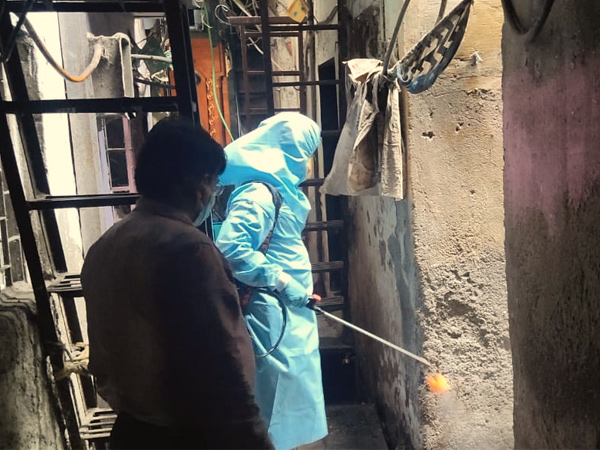 Civic workers spraying the gullies and gutters with disinfectants, monitored by a sanitary inspector.
Civic workers spraying the gullies and gutters with disinfectants, monitored by a sanitary inspector.
This, he described is the biggest challenge of Dharavi — contact tracing in a heavily packed geography where social distancing is difficult. For now, the pandemic team led by civic ward officer Kiran Dighavkar has put a simple work model in place to trace victims, isolate areas and ensure that they get all the essentials sitting at their homes. Also, the model is different for those living in buildings and those in shanties.
While mild cases from buildings can be kept in their homes and entire buildings are sealed, a slum case cannot be kept at location since the homes are very porous. Many people sleep outside their houses and the common sanitation facilities become the biggest breeding grounds. The patient is immediately moved into isolation. The civic body has set up ‘fever clinics’ or health camps in the five isolated areas of Dharavi and are getting all those who are suspected cases, or those who have come in touch with COVID19 cases tested. An average of 45-50 people come to the camps daily.
Every suspected patient undergoes an interview with a doctor and a civic officer at the clinic. While the doctor starts working on the medical procedures with testing, the civic official starts rolling out the contact-tracing where health workers and local NGOs are visiting every house of people who have come in contact with a patient. Once they are tested, on the basis of their severity they are either asked to stay home, sent to Rajiv Gandhi complex for mild cases or now sent to the newly set up Sai Hospital for severe cases.
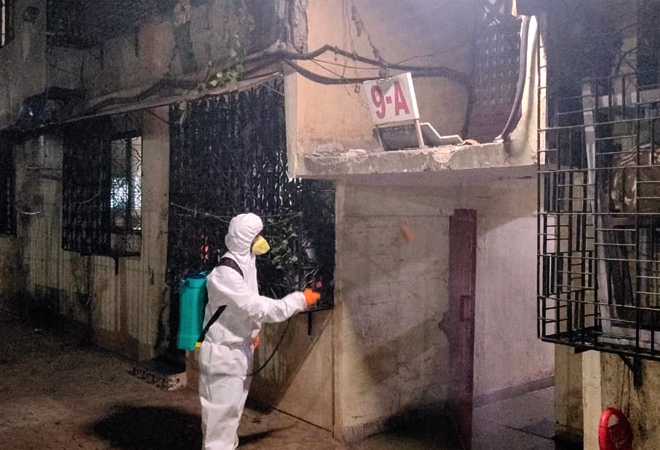 A medical health worker wearing a protection suit checking on a patient in one of the quarantined zones.
A medical health worker wearing a protection suit checking on a patient in one of the quarantined zones.
This 51-bedded private hospital which has eight ICU beds, along with its doctors, has been taken over by the Mumbai civic body for Rs 30 lakh a month and serious cases are sent here.
Keeping people in their houses and providing them their daily ration free of cost is the other programme that has been simultaneously rolled out. This is being arranged by the municipal corporation through contributions from the business community and donations coming from different parts of the city. Bags of rice, onions, tomatoes, flour and packets of oil are being distributed to all the isolated households. Several NGOs are providing food to people. There are sanitary inspectors who along with teams of 150 workers are sweeping, spraying disinfectants into houses, rooms and buildings, along with ensuring that drains are kept clean.
While all these protocols are put in place and are being followed, several people working in these clinics have expressed concerns. One of the health workers has said that while getting mass and rapid testing is the only way ahead for now, there is a simultaneous need to create mass infrastructure, especially in slums like Dharavi, where people’s shanties are becoming breeding grounds. The police force too has been deployed in Dharavi and is finding it very difficult to contain people in the small rooms and keep them from moving around, especially when toilets are common and outside homes.
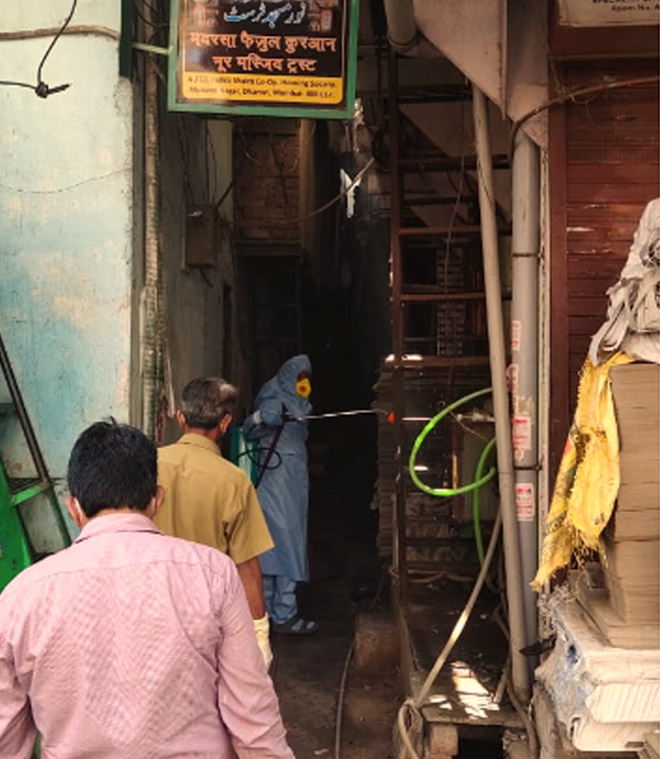 Sanitisation and spraying taking place at Mukand Nagar at Dharavi where several COVID19 cases have been detected.
Sanitisation and spraying taking place at Mukand Nagar at Dharavi where several COVID19 cases have been detected.
It is no exaggeration to say that Dharavi is a ticking bomb in the COVID19 challenge, and nothing that is being rolled out will be enough. While the government, health workers, and the civil society have all come together in tackling this unique geography, it will be a test of Dharavi’s resilience.
| THE DHARAVI PROTOCOL |
- Testing people actively in the five neighbourhoods of Dr Baliga Nagar, Vaibhav Apartment, Mukund Nagar, Madina Nagar and Dhanwada Chawl which are sealed and house approximately 5,000 people. First priority to those who have come in touch with positive cases. This is happening at the ‘fever clinics’.
- All shops closed and vendors barred from entering this zone.
- Health care workers checking other neighbourhoods and getting suspected patients isolated and tested at the clinics. They are involved in risk communication.
- People living in buildings with mild symptoms quarantined at home while those in shanties sent to Rajiv Gandhi Sports Complex which has a 300 bed facility.
- Those with severe symptoms sent to government acquired Sai hospital which has 51 beds with eight beds in the ICU.
- All those isolated at home being provided essentials like food, grocery and milk.
- Continuous sanitisation of all gullies, drains, houses and buildings by 140 civic workers
|
| WHAT NEXT FOR DHARAVI? |
- Start rapid and mass testing which will enhance the detection rates.
- Identify more buildings and infrastructure in the vicinity – like schools, colleges, vacant government and even private buildings and private hospitals for accommodating patients.
- Getting people to become more aware and increasing surveillance and risk communication.
- If the cases increase exponentially then the entire 240 hectares might have to be sealed.
|
The views expressed above belong to the author(s). ORF research and analyses now available on Telegram! Click here to access our curated content — blogs, longforms and interviews.



 About 274 community healthcare workers, six teams of doctors, sanitary inspectors and about 200 staffers from the Mumbai civic body are getting ready for the next big jump expected in the number of COVID19 cases getting detected in Dharavi. Rapid and mass testing of communities, and getting newer isolation and medical infrastructure in Dharavi are the two immediate challenges, which the government is trying to set up here. Maharashtra Chief Minister Uddhav Thackeray has said that they will be deploying the rapid testing units soon, as soon as the medical standards council approves them.
The Mumbai civic body has identified this 239-hectare area housing close to one million people as a high-risk zone and the epicenter of the pandemic in the city. Mumbai is the capital of Maharashtra, which is seeing the highest number of COVID19 cases in India. It has been just over a week that the first COVID19 case death struck Dharavi, the infamous slum in Mumbai on 1 April 2020. The patient was admitted to the nearby Sion government hospital after complaining of fever on 23 March. Since then, the number of cases in Dharavi is spiraling.
On 8 April, there were nine confirmed cases in this area, who have been shifted to isolation wards created in the Rajiv Gandhi Sports Complex in its vicinity. This complex used by locals for recreation, has been converted into a 300-bed facility overnight, by the local ward office of the Mumbai municipal body. Over 5,000 people have been quarantined across five neighbourhoods of Dr Baliga Nagar, Vaibhav Apartment, Mukund Nagar, Madina Nagar and Dhanwada Chawl. There are about 85 clusters where businesses operate from 150 sq ft residential tenements, which house an average of six people each.
There are pucca structures (about 25%) which also include the 20,000 small-scale work units, while the rest are shanties. These are informal units of leather export, textile and zari work, glass, pottery and recycling, which reportedly contributes to Dharavi’s one billion dollar economy. In the informal housing there are community toilets — one toilet shared by about 1,400 people.
The ward official, who first rushed to the house of the first Dharavi victim who ran a textile unit, to assess the situation described how he had eight family members packed in the apartment house of barely 400 square feet in a rundown building. The first victim had hosted 10 Tablighi Jamaat members in his vacant house and had even visited the mosque and met several people in the vicinity. He was traced to 74 people who were all quarantined.
About 274 community healthcare workers, six teams of doctors, sanitary inspectors and about 200 staffers from the Mumbai civic body are getting ready for the next big jump expected in the number of COVID19 cases getting detected in Dharavi. Rapid and mass testing of communities, and getting newer isolation and medical infrastructure in Dharavi are the two immediate challenges, which the government is trying to set up here. Maharashtra Chief Minister Uddhav Thackeray has said that they will be deploying the rapid testing units soon, as soon as the medical standards council approves them.
The Mumbai civic body has identified this 239-hectare area housing close to one million people as a high-risk zone and the epicenter of the pandemic in the city. Mumbai is the capital of Maharashtra, which is seeing the highest number of COVID19 cases in India. It has been just over a week that the first COVID19 case death struck Dharavi, the infamous slum in Mumbai on 1 April 2020. The patient was admitted to the nearby Sion government hospital after complaining of fever on 23 March. Since then, the number of cases in Dharavi is spiraling.
On 8 April, there were nine confirmed cases in this area, who have been shifted to isolation wards created in the Rajiv Gandhi Sports Complex in its vicinity. This complex used by locals for recreation, has been converted into a 300-bed facility overnight, by the local ward office of the Mumbai municipal body. Over 5,000 people have been quarantined across five neighbourhoods of Dr Baliga Nagar, Vaibhav Apartment, Mukund Nagar, Madina Nagar and Dhanwada Chawl. There are about 85 clusters where businesses operate from 150 sq ft residential tenements, which house an average of six people each.
There are pucca structures (about 25%) which also include the 20,000 small-scale work units, while the rest are shanties. These are informal units of leather export, textile and zari work, glass, pottery and recycling, which reportedly contributes to Dharavi’s one billion dollar economy. In the informal housing there are community toilets — one toilet shared by about 1,400 people.
The ward official, who first rushed to the house of the first Dharavi victim who ran a textile unit, to assess the situation described how he had eight family members packed in the apartment house of barely 400 square feet in a rundown building. The first victim had hosted 10 Tablighi Jamaat members in his vacant house and had even visited the mosque and met several people in the vicinity. He was traced to 74 people who were all quarantined.
 Civic workers spraying the gullies and gutters with disinfectants, monitored by a sanitary inspector.
Civic workers spraying the gullies and gutters with disinfectants, monitored by a sanitary inspector. A medical health worker wearing a protection suit checking on a patient in one of the quarantined zones.
A medical health worker wearing a protection suit checking on a patient in one of the quarantined zones. Sanitisation and spraying taking place at Mukand Nagar at Dharavi where several COVID19 cases have been detected.
Sanitisation and spraying taking place at Mukand Nagar at Dharavi where several COVID19 cases have been detected. PREV
PREV
